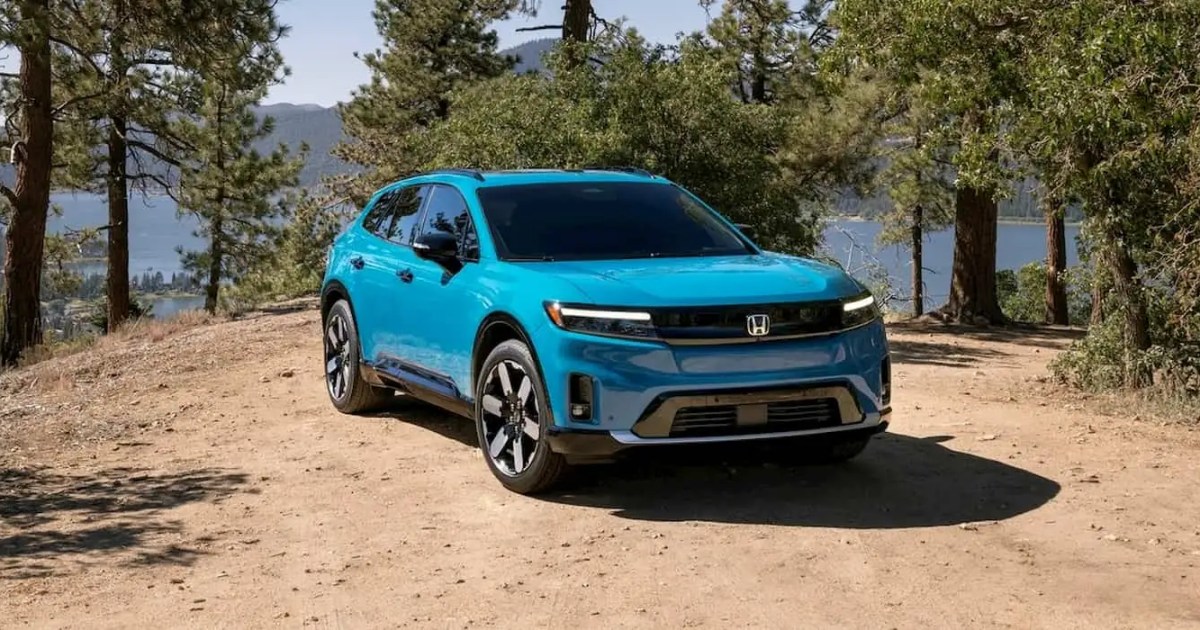Honda doubles down on ‘holy grail’ of EV batteries
While some automakers are scaling back their production of electric vehicles, Honda is basking in the glow of a successful launch of its Prologue EV in the U.S., and was recently dubbed “North America’s most committed automaker.”
And now, Japan’s third-largest automaker is showing a similar commitment to making EVs more efficient and affordable, zeroing in on the production of its own in-house solid-state batteries, also known as the ‘holy grail’ of EV batteries.
Honda just unveiled the production line for these next-gen batteries, which are being made in Sakura City, Japan. From there, the automaker plans to establish a mass production process in early 2025. It will then start applying its all-solid-state batteries to new EVs due out in the second half of the 2020s.
“The all-solid-state battery is an innovative technology that will be a game changer in this EV era,” said Keiji Otsu, president of Honda R&D, in a statement.
Solid-state battery cells are much more energy-dense than the cells with liquid electrolytes currently used in most EVs. That means the batteries can hold more energy, deliver higher power output and faster recharging, all the while being much smaller and safer than current batteries.
For years, competitors such as Toyota, Nissan, BMW, and Mercedes-Benz have also invested big into developing solid-state batteries, either with third parties or on their own.
But production costs have remained a key hurdle on the way to mass commercialization.
Honda says it’s betting its new production line will overcome this hurdle thanks to “a highly efficient production process” and by expanding the application of the batteries to a wide range of Honda mobility products, thereby reaping the benefits of economies of scale.
The automaker says it plans to integrate its solid-state batteries not only in cars and SUVs but also in motorcycles and even aircraft.
Meanwhile, the Honda Prologue electric SUV, which marks the return of the automaker’s EVs in the U.S., has so far been met with success: It was the fifth-bestselling EV in the U.S. in the third quarter, coming just behind Tesla’s Model Y and Model 3, Cybertruck, and the Ford Mustang Mach-E.



